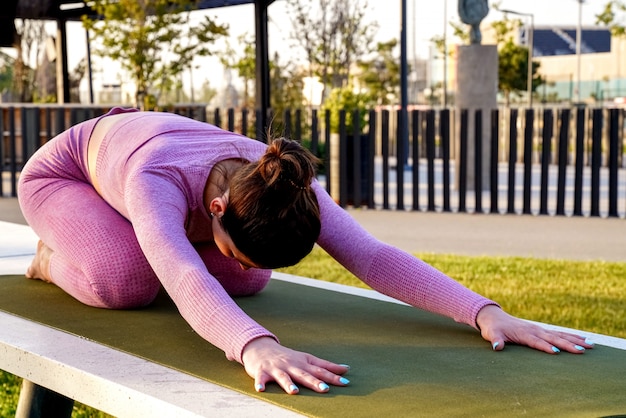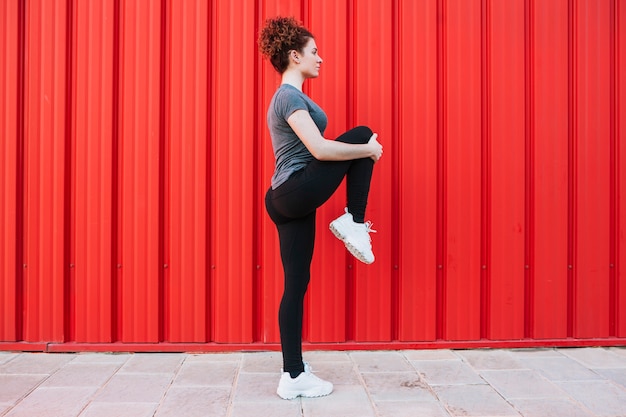Running is one of the most accessible and effective forms of exercise. But even the most dedicated runners often overlook a crucial component: mobility. Poor mobility doesn’t just limit performance—it increases injury risk and slows recovery. The good news? You don’t need hours in the gym or expensive equipment to improve. The real challenge? Avoiding the subtle mistakes that silently sabotage your progress.
Below, we break down 25 of the most common mobility mistakes runners make—and how to fix them in ways that fit real-life schedules and require minimal gear.
Jumping straight into a run without a dynamic warm-up limits joint range and muscle activation. Spend 5–7 minutes on leg swings, high knees, and walking lunges to prime your body.

Static stretching cold muscles can reduce power and increase injury risk. Save deep stretches for after your run or as part of a separate mobility session.
While post-run stretching helps, mobility work should be consistent. Even 5 minutes daily improves long-term flexibility and joint health.
Tight hips are a leading cause of knee and lower back pain. Incorporate hip circles, pigeon pose, and clamshells into your routine 3–4 times per week.
Poor upper back mobility affects arm swing and breathing efficiency. Try foam rolling and seated twists to improve thoracic flexibility.
Rolling too fast or over joints reduces effectiveness. Focus on slow, controlled movements over tight muscles like quads and calves.
Most runners have one tighter side. Address imbalances with unilateral exercises and mindful stretching.
Your body adapts. Rotate mobility drills weekly to keep progress steady and avoid plateaus.
For lasting change, hold static stretches for at least 30–45 seconds. Shorter holds may offer temporary relief but not long-term improvement.
Aggressive stretching on sore or inflamed tissue can worsen conditions. Prioritize gentle movement and consult a professional if pain persists.
Holding your breath increases tension. Breathe deeply and rhythmically to help muscles relax into each stretch.
Mobility is full-body. Tight shoulders or a stiff neck can affect posture and arm drive. Include upper body and core work.

Rest days are ideal for recovery-focused mobility. Gentle movement boosts circulation and reduces stiffness.
Quality matters. A poorly executed lunge stretch won’t target the right muscles. Focus on alignment and control.
Passive stretches improve flexibility, but active mobility—moving joints through range—builds strength and control. Try leg raises and arm circles with resistance.
Mobility gains are subtle. Track your range of motion monthly with simple tests like the sit-and-reach or overhead squat.
Aggressive mobility routines can cause soreness or strain. Build consistency first, then gradually increase intensity.
Stiff ankles limit stride efficiency. Practice ankle circles, heel walks, and calf raises to improve dorsiflexion.
Prolonged sitting tightens hip flexors and weakens glutes. Stand up every 30–60 minutes and do a quick mobility reset.
Dehydrated muscles are stiffer and more prone to cramping. Drink water consistently throughout the day.
Mobility is a long-term investment. Small daily efforts compound over weeks and months.
Even minimal tools help. A tennis ball for foot rolling or a resistance band for assisted stretches can make a big difference.
Diaphragmatic breathing enhances relaxation during stretches and improves core stability.
Mobility isn’t a luxury—it’s part of training. Schedule it like you would a run.
Pain is a signal. Distinguish between discomfort and sharp pain. Adjust or stop if something feels wrong.
Improving mobility doesn’t require a gym membership or hours of stretching. It requires consistency, awareness, and avoiding the common pitfalls that undermine progress. By addressing these 25 mistakes, runners can enhance performance, reduce injury risk, and stay strong for the long run—all with minimal time and gear.
Start small. Pick 2–3 mistakes to correct this week. Build from there. Your body will thank you with smoother strides and fewer aches.

Fitness

Fitness

Fitness

Fitness

Wellness

Wellness

Fitness

Fitness

Fitness

Fitness

Fitness

Fitness

Health

Fitness

Health

Health